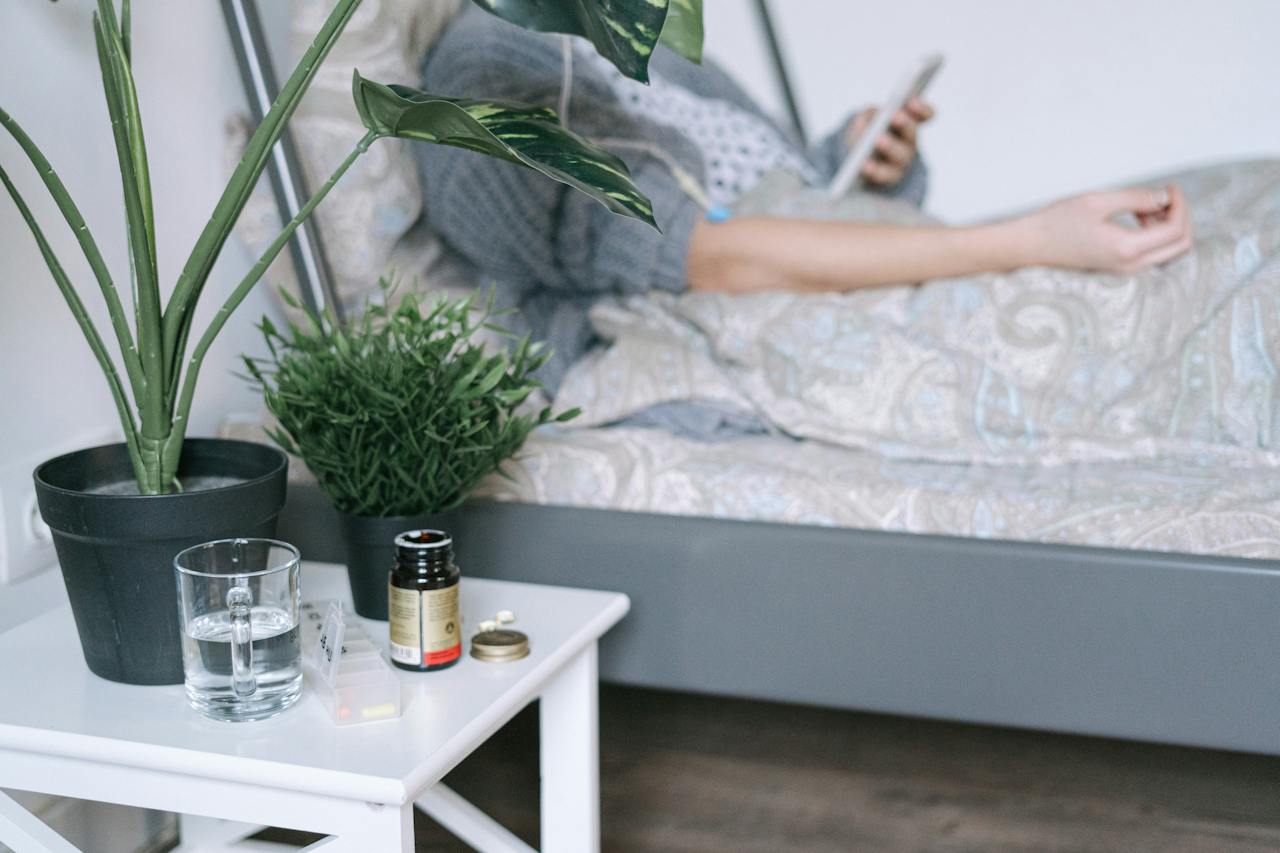As people age, many prefer to stay in their homes for as long as possible. That means they need home modifications and adaptations to accommodate health conditions and injury needs. Home health care providers are the ones who assist clients in need of these adjustments that work to make life at home easier and more comfortable. Understanding these modifications and how they work can help clients receive quality care at home.
To accomplish this, Eric Ahiekpor dives into the different modifications home healthcare providers can make in their clients’ homes. This post will assist readers in understanding key changes that can be made for safety and mobility, including everything from adding grab bars and railings in bathrooms to installing wheelchair ramps.
Modifications For Safety
The most typical home modifications for home health care providers are additions that ensure environmental safety. One critical factor to consider is what the client requires for stability and assistance with movement. For example, grab bars installed in rooms like the bathroom provide stability when getting in and out of the shower or tub.
Railings on staircases and added lighting in hallways help individuals keep balance and detect obstacles to avoid slips and falls. These modifications can prevent catastrophic injuries like fractures and traumatic brain injuries (TBI).
Mobility-Enhancing Products
Adaptations that help with mobility and provide assistive devices are another modification type to consider. Products like motorized wheelchairs and walkers are two of the most well-known equipment options. Lift chairs can also be installed to take individuals from seated to standing.
Even stairlifts are an option for those who need more significant assistance to ascend and descend stairs. As technology develops, there are many creative and effective new mobility products on the market, and consumers should explore all options to find the ideal fit for their mobility needs.
Adaptations For Access
Another modification category is adaptations necessary to ensure the home is accessible for entry and exit. A wheelchair ramp aids people with mobility limitations in entering and exit the house. Door modifications can be important, like installing automatic entryways or modifying the thresholds to make moving in and out easier. All these changes aim to make getting in and out of the home much less worrisome for the clients and their health providers.
Adjustments For Comfort
Comfort changes are another focus area for modifications in clients’ homes. Adjustments like installing improved HVAC systems like air conditioning and heating to keep an optimum temperature inside. A comfortable temperature eliminates the need to leave the house. Creating comfortable sensory arrangements by installing window treatments that block sunlight and reflect excessive heat.
Noise-cancellation curtains also reduce exterior noise that interrupts the client’s comfort when sleeping or resting. Such adjustments promote a serene atmosphere within the clients’ homes and support their overall well-being.
Changes For Communication And Safety
Assistive Technology (AT) is another important category for home health providers. AT types worth considering include voice-activated assistants like Alexa, wearable devices like smartwatches, alert systems, and automated medication dispensers. These help clients stay connected, predict falls and accidents, record data, and remind the patients of their appointments. They also can be programmed to contact emergency responders in case of sudden illness. AT has evolved and is now available in many forms to meet clients’ requirements.
Conclusion
Home modifications and adaptations for home health clients can improve their life quality and provide further independence. As highlighted in this article, these modifications are primarily focused on creating a safer, more comfortable, and more accessible environment. The home health provider aims to develop a tailored plan for the clients centered on their personal requirements. Every client is unique, and individualized modifications are necessary to make clients feel safe and at home. Knowing the types of feasible and simple modifications will help providers offer the best support for their clients and make everybody involved feel more contented.










